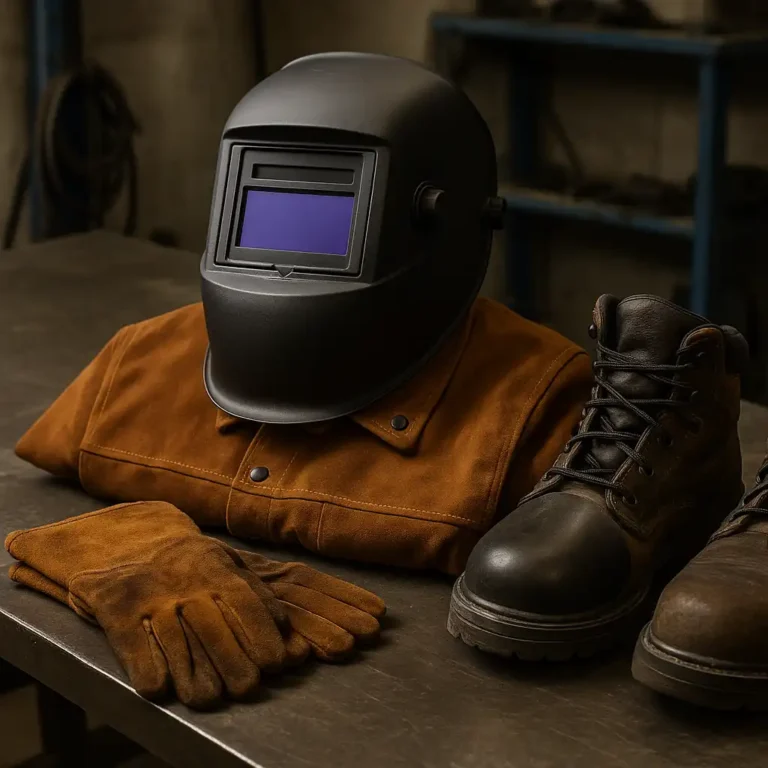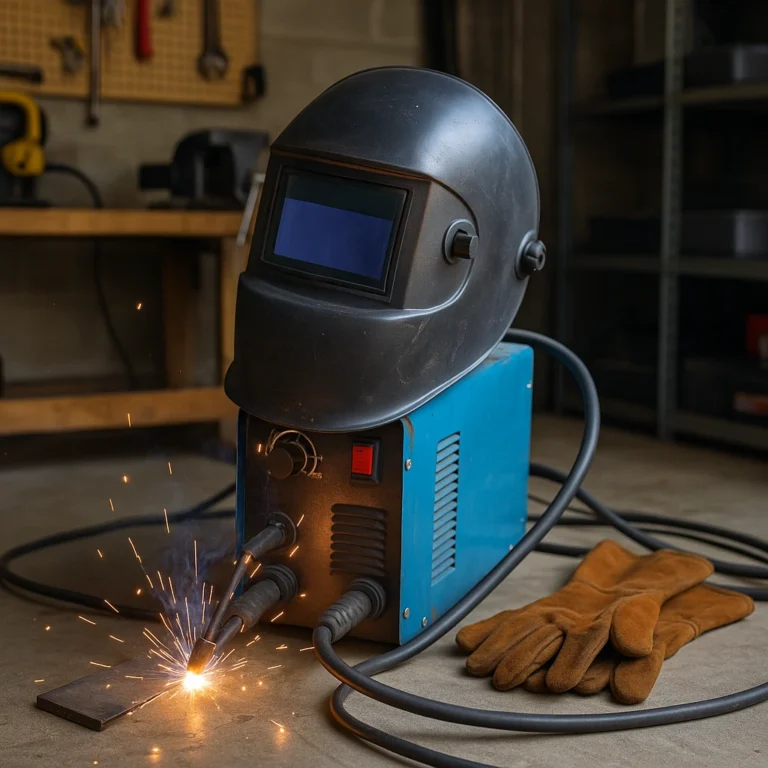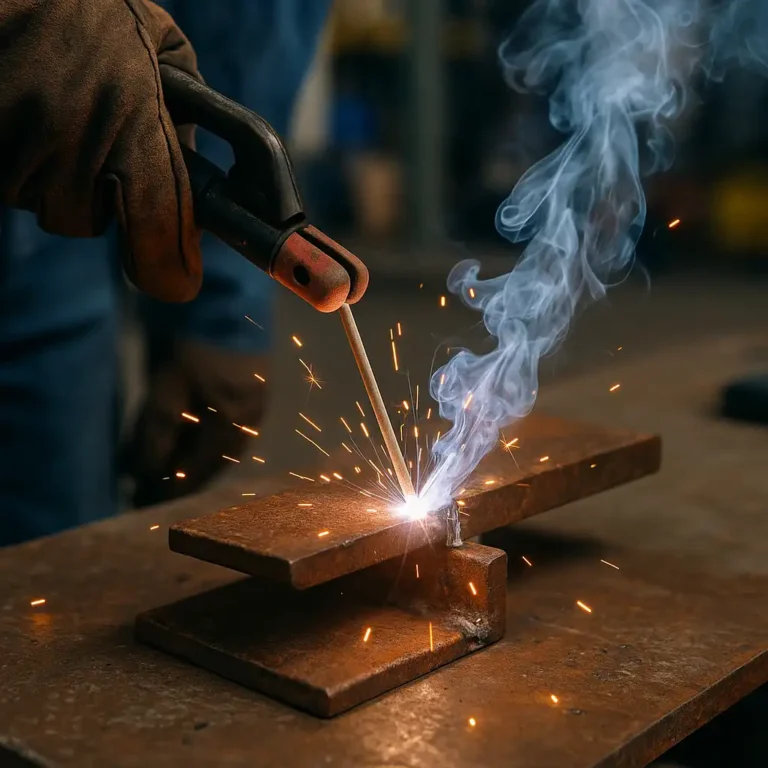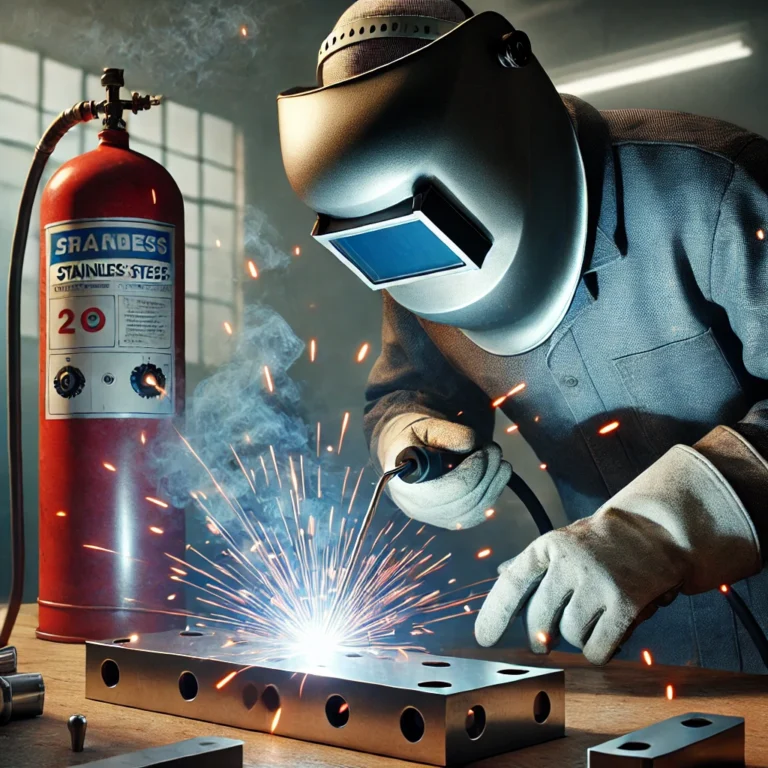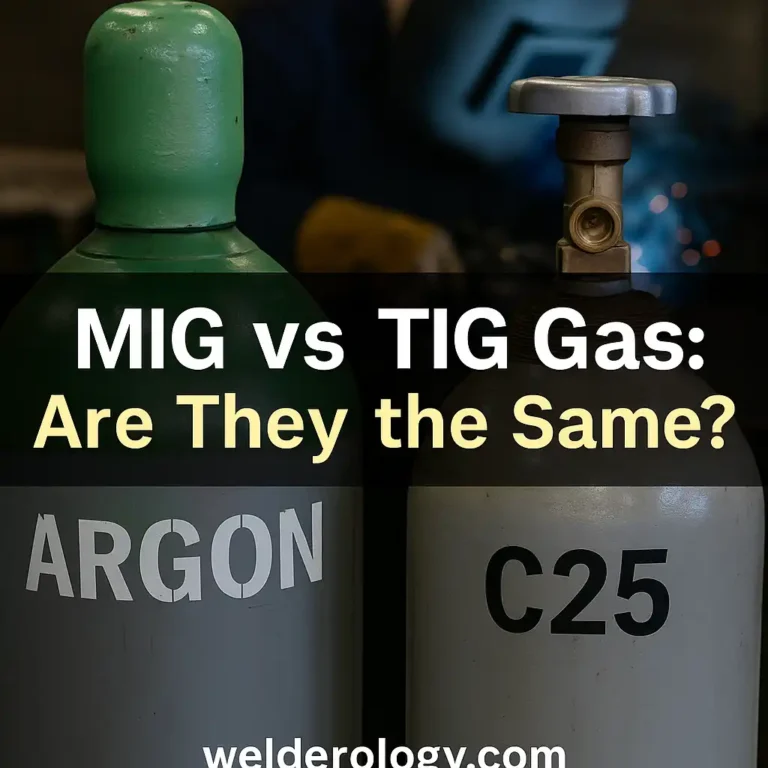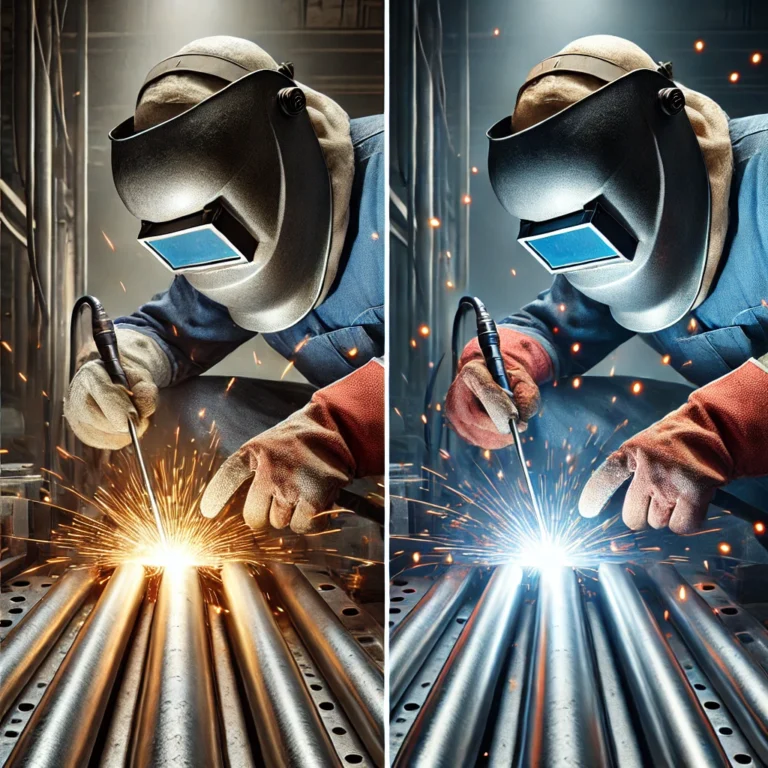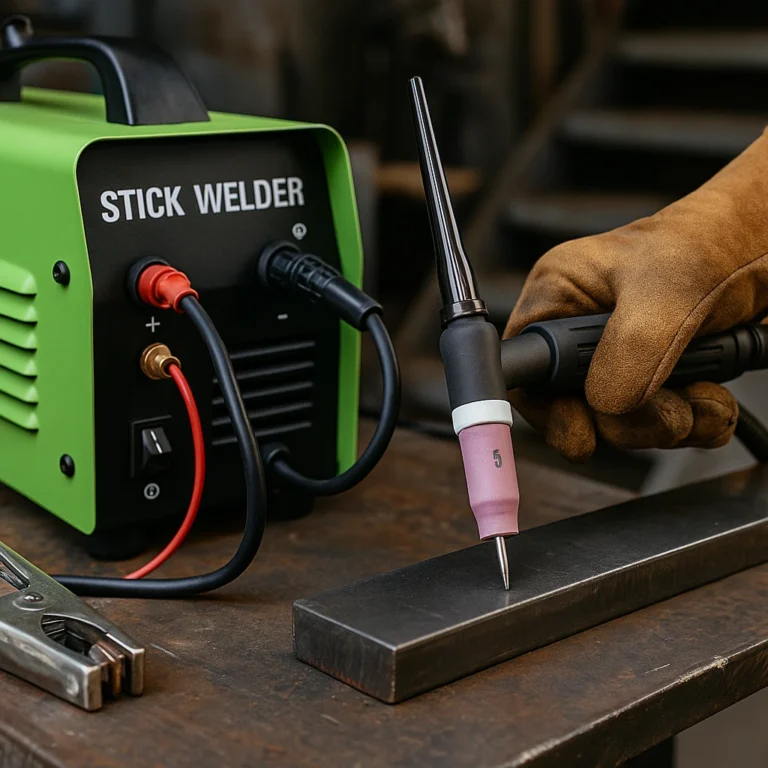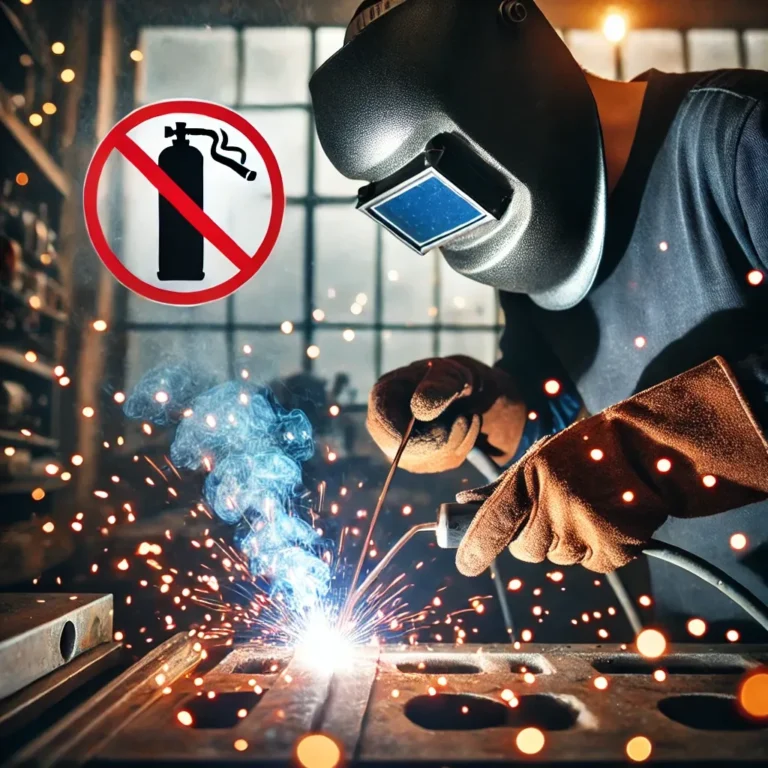How to Clean Welding Gear the Right Way (Jackets, Gloves, Sleeves & More)
Last Updated: December 2025 Welding gear gets dirty fast. Between smoke, dust, and stray sparks, your jackets, gloves, and sleeves pick up grime almost every time you light up. If you don’t clean them regularly, they stiffen up, trap heat, and lose some of the protection you rely on. The good news is that most…

